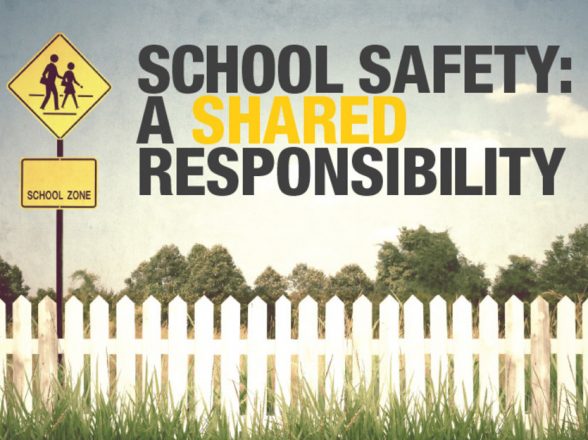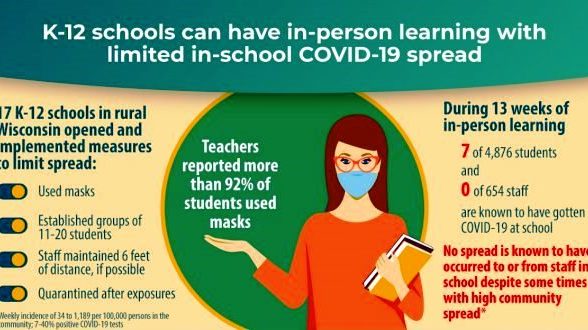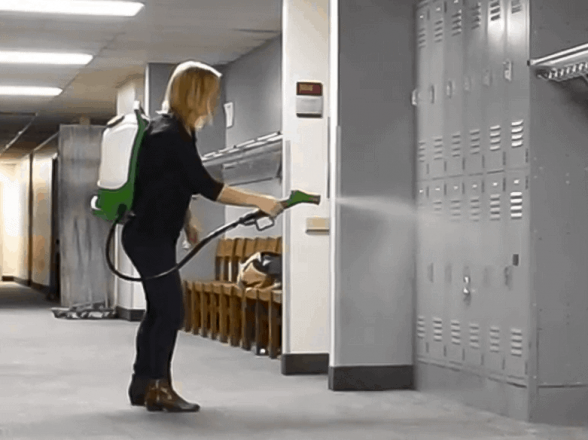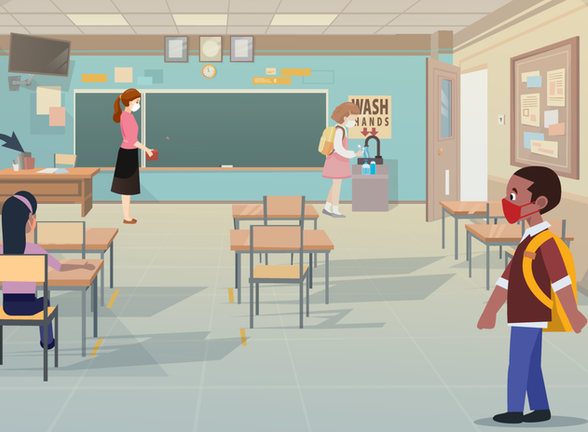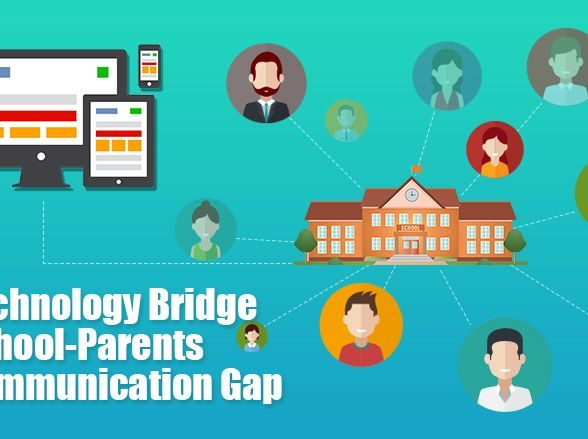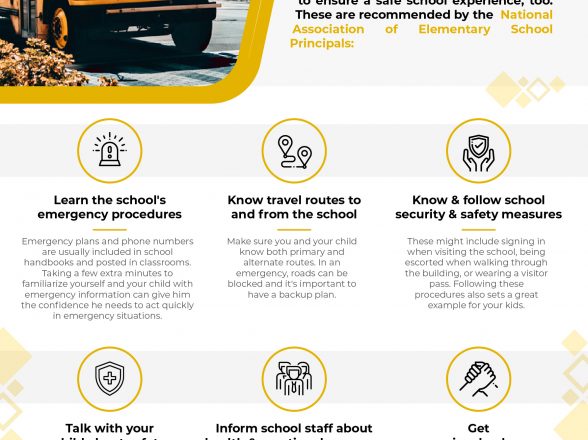Adjust To The Physical Reopening Of Schools After COVID-19
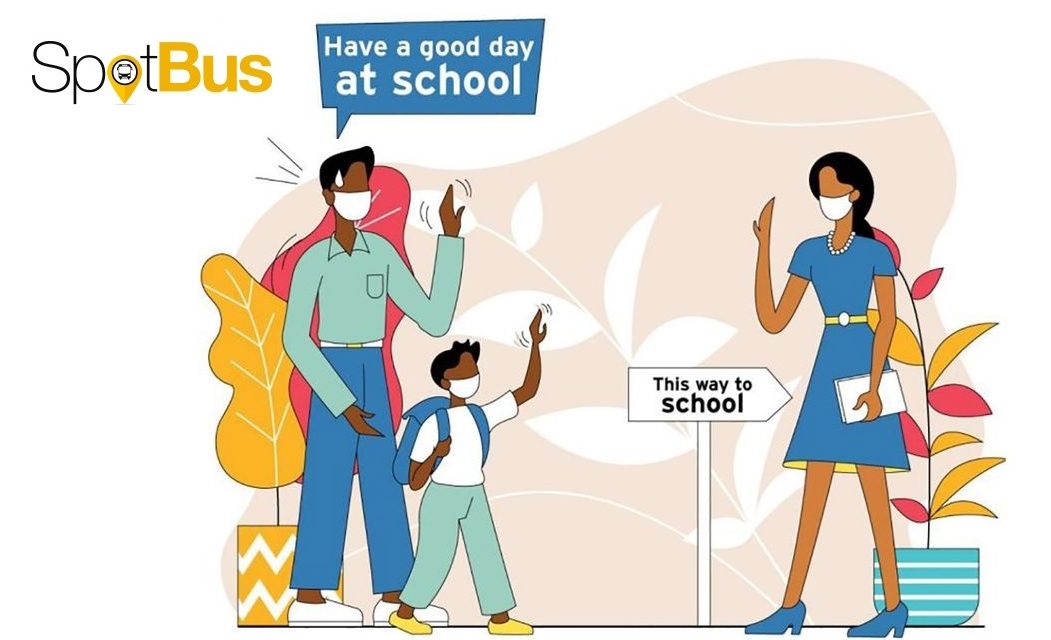
The world stands at the cusp of a momentous occasion in history. No, the occasion in question is not the approaching anniversary of lockdowns implemented across the globe, although those play a part in it. We are about to enter a phase of gradual, incremental unlocking of the school ecosystem after a viral outbreak brought the world to its knees and everything offline to an abrupt halt.
The need for it is obvious. The new academic term, in most countries, starts in April and, as pandemic-related fears recede amidst large-scale vaccination drives currently underway, schools will eventually resume offline operations. Stakeholders in the global education value chain, including policymakers and government officials, continue to deliberate upon the measures to implement to ensure adequate safety and security for students returning to physical classrooms.
However, the measures being implemented are broad-based and – unfortunately, by necessity – do not factor in the personal impact that a return to physical classrooms will have on students. The onus, therefore, falls on teachers, school administrators, and parents to ensure that their young charges are in a healthier place, physically, mentally, and emotionally, for the transition. Here, then, are some tips that they can follow to ensure that their wards adjust to the move back to school in as seamless, safe, and hassle-free a manner as possible:
Consult The Children And Regularly Check Up On Their Emotional And Mental Well-being
Before sending students back to schools, parents and teachers must ensure that they are ready and willing to do so. When told to do something, children in their school-going years, especially pre-teens or younger, do not voice out their concerns directly; they are more likely to either silently follow the diktat or, if they disagree, act out in a belligerent manner.
Then there is the issue of adjustment. It has, after all, been almost a year since they have been in a physical classroom – a year in which they have had to adapt to a whole new model of learning. No matter how excited students are to return to school, going back to conventional pedagogy will have teething challenges not dissimilar to the online shift that took place earlier.
It is, therefore, the duty of parents and teachers to make students feel like they have a part in the decision-making process. Talk things out with them and ask them how they feel about returning to a physical classroom. Conduct regular emotional check-ins and provide them with a safe space to talk about their concerns and issues regarding offline learning. Schools can even make allowances for on-premises psychological consultation to help students deal with mental health issues such as stress and anxiety that are bound to crop up in the wake of this sea-change. Doing so will allow parents, teachers, and school administrators to understand the impact of the offline shift on students and identify measures to minimize stress while maximizing pedagogical efficacy.
Improve Safety And Hygiene While Going To, In, And Returning From Schools
As children go back to school, their exposure to public physical contact environments increases which, in turn, increases the risk of accidental COVID-19 transmission. New-age solutions can step in here to ensure that safety protocols are observed. For instance, the seating arrangement of students inside the classroom can be modified to minimize the physical contact environment of each student, especially with respect to their nearest neighbors. A minimum number of seats can be arranged at appropriate distances to each other, or admins can ensure the gap of one seat between every student. This means that sharing two-seater desks, which was earlier the norm, is no longer viable. Instead, schools can look to replace them with single desk-and-chair sets across all classrooms.
Further, it is necessary to undertake regular sanitization since schools, like any other public space, contain a host of surfaces that come in frequent contact with different people. These places include water dispensers, doors, handrails, seats inside buses, taps in the washroom, dusters, teacher’s tables, library spaces, laboratories, and the equipment therein, etc. School administration should also look at providing masks, sanitizers, etc. in classrooms to ensure seamless access to the equipment mandated under the safety and hygiene protocols.
But ensuring the safety and security of children in a post-pandemic world does not stop at the school campus. Schools must also ensure that students remain well-protected from accidental transmission during their daily commutes – something that can be achieved by adopting digital fleet management solutions to automate school bus routing and fleet planning. These systems automatically map the shortest routes for a given number of pickups while factoring in contextual information, such as the presence of red zones along the route. This intelligent route planning allows school vehicles to avoid COVID-19 hotspots with minimal impact on the time taken during transit.
Digital fleet management solutions also come with automated checklists for in-vehicle inventory and fleet sanitization schedules, allowing school transport managers to deploy only those vehicles which have been adequately sanitized and stocked for transportation. They can also keep track of the safety equipment – such as masks, gloves, and sanitizers – provided in every school bus and replenish any item running low through automatic notifications. Doing so further minimizes the possibility of accidental viral transmission by ensuring that schoolchildren are provided with a safe and secure mobility experience during their daily commutes.
Regular Monitoring, Proactive Intervention, And Awareness Training
The success of any deployment depends upon regular and proactive monitoring and intervention – and the same is the case with the return to physical, classroom-based learning. School administrators, therefore, must remain constantly vigilant. This can be ensured by installing CCTV cameras, both in classrooms and at strategic intervals within the school premises, to track if any staff member or student is violating the safety guidelines and social distancing protocols. In-vehicle cameras in school buses can also be integrated with digital fleet management solutions to ensure that children continue to follow the rules, even during their transit.
Final Words
Last, but not least, is awareness. Regular training sessions must be conducted within school premises about topics such as best practices, accidental transmission, symptom identification, voluntary self-isolation, and the procedure to follow in case of a positive COVID-19 detection. Undertaking such exercises will raise awareness levels about risky behavior, as well as the importance of the individual in ensuring the safety of all. It will also cultivate a sense of responsibility amongst young students, enabling school administrators to not only bolster the battle against COVID-19 but also minimize the risk of COVID-19 infection within their school premises.


